Before it was a national monument, Castle Clinton opened as America’s first beer garden
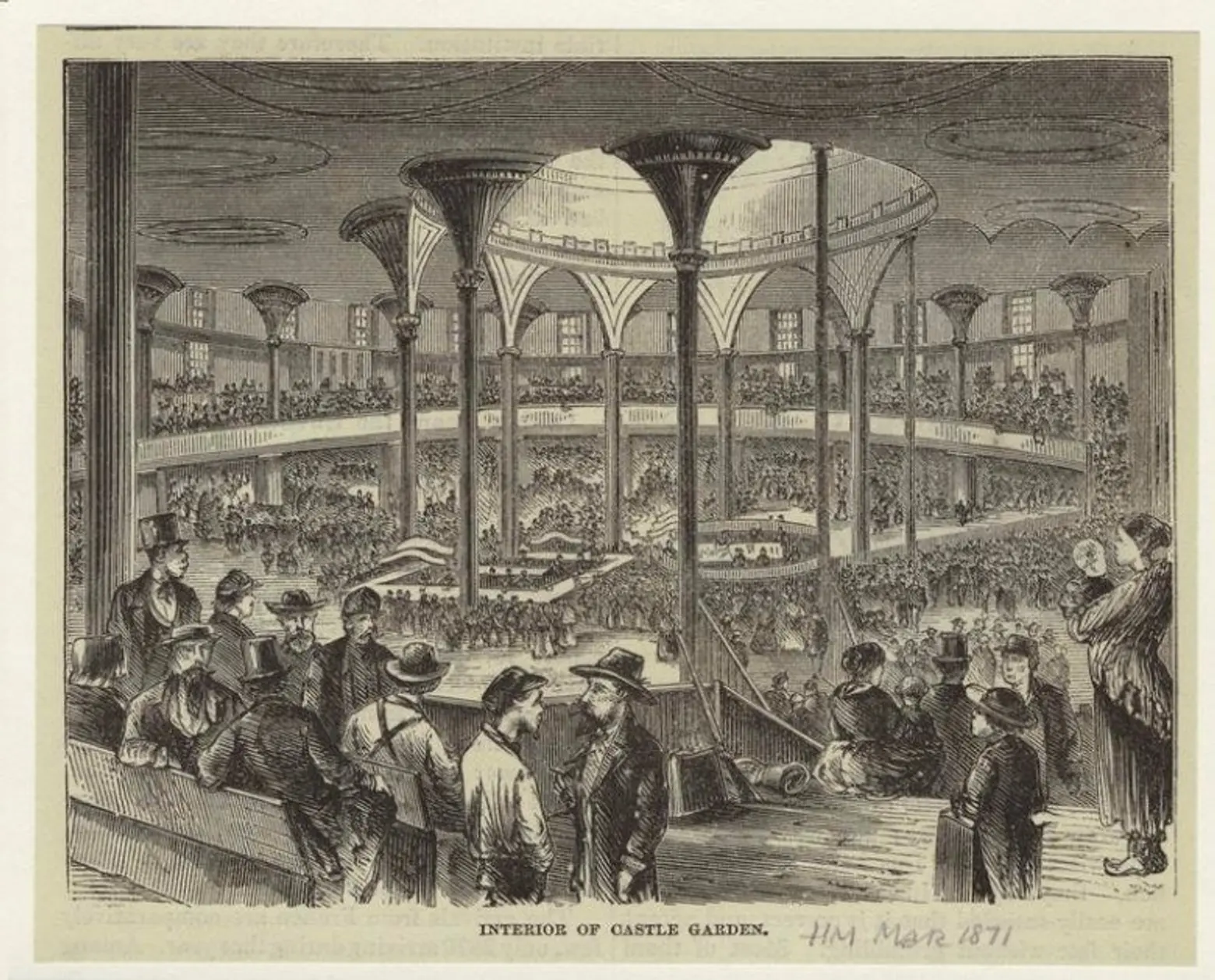
Image courtesy of NYPL
New Yorkers today know Castle Clinton, in Battery Park, as a national monument and departure point to visit Ellis Island and the Statue of Liberty. But the circular sandstone fort dates all the way back to 1811–and has served as everything from an immigration station, exhibition hall, theater, and public aquarium since. One forgotten fact of the historic structure is that it’s considered the site of America’s first beer garden, which opened as Castle Garden on July 3rd, 1824. The illustration above shows the beer garden–which also had a grand theater–featured in Harper’s New Monthly Magazine in the 1800s. The open-air space, which eventually got a roof, was considered one of the premier attractions in Manhattan.
 Photo courtesy of the National Parks Service
Photo courtesy of the National Parks Service
The lowest point of Manhattan has contained a fortification of one kind or another since the 17th century when the area was known as Schreyer’s Hook. Around 1788, it was resolved to demolish a badly damaged old stone fort and build a residence for the president of the United States on the site. The new building was known as the Government House, according to Daytonian in Manhattan, but it meant New York City’s southern tip was without protection for about two decades.
So in 1806 Congress dedicated 400 feet of ground off shore for the erection of a national fortress. Castle Clinton was completed around 1811, capable of mounting 28 heavy cannons with red sandstone walls thick enough to withstand a cannon barrage. But the military purpose of the fort was abandoned after only ten years–and in November of 1822, the U.S. government gave the property to the Corporation of the City of New York.
The city decided to lease the fortress for five years at an annual rent of $1,400 dollars–as Daytonian in Manhattan points out, that’s around $29,000 today. The men who rented the space were inspired by a Victorian amusement known as “pleasure gardens,” namely indoor-outdoor spaces with restaurants and entertainment. They installed a roof, stage and seating, plus a promenade where finely-dressed New Yorkers could enjoy the sea breeze. It was renamed Castle Garden, and immediately considered a “fashionable resort” for city dwellers.
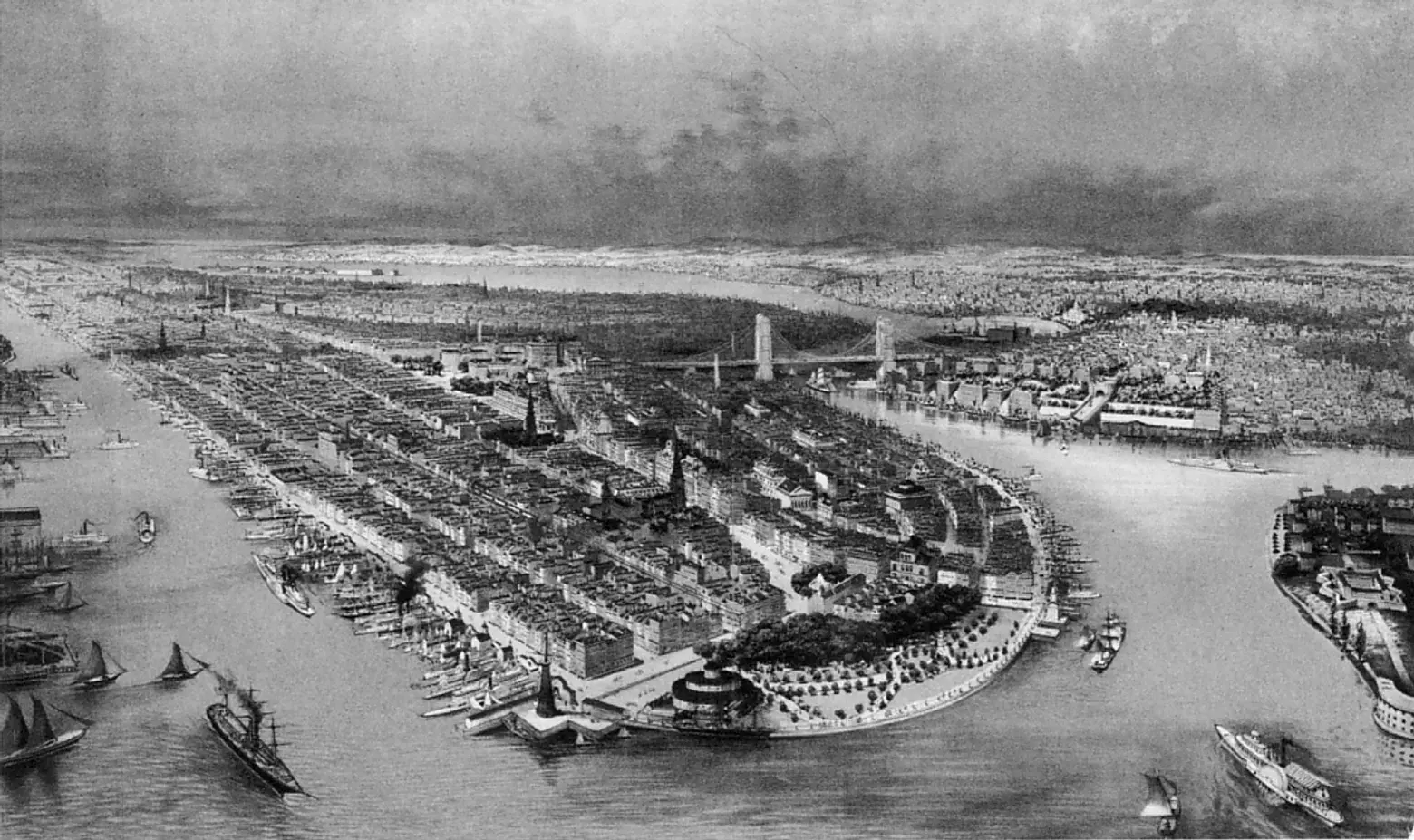
Aerial view illustration of Manhattan, showing Castle Garden at its tip via Wikipedia
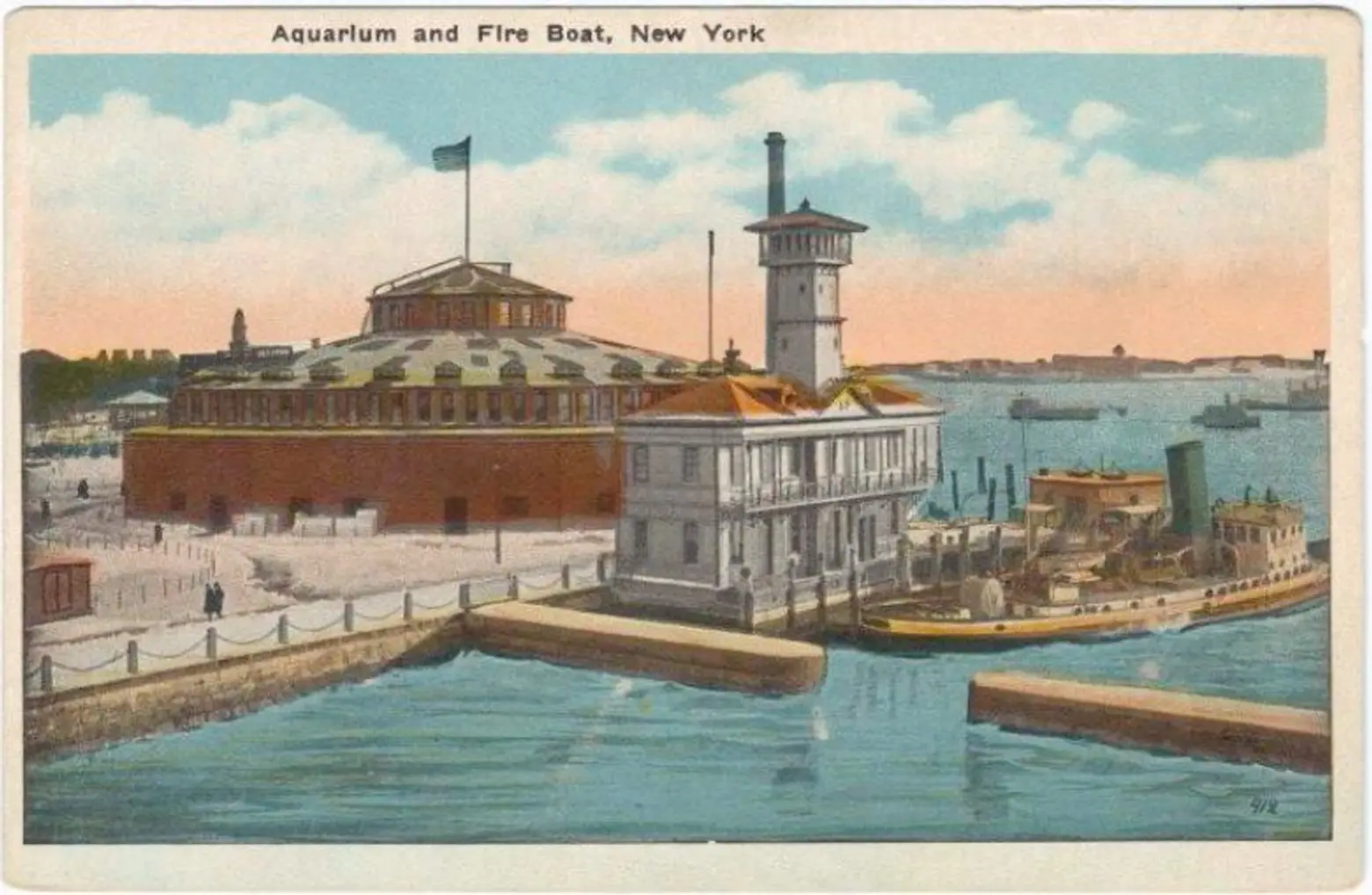
The Castle Garden Aquarium (1923) via Wikipedia
The beer garden/”pleasure garden” was host to a number of notable performances. In 1850, Swedish soprano Jenny Lind gave two concerts to initiate her American tour. A year later, European dancing star Lola Montez performed her notorious “tarantula dance” here. Between 1853 and 1854, eccentric French conductor Louis-Antoine Jullien gave dozens of successful concerts mixing classical and light music. Then the Max Maretzek Italian Opera Company staged the New York premieres of Gaetano Donizetti’s Marino Faliero on June 17, 1851, and Giuseppe Verdi’s Luisa Miller on July 20, 1854, at Castle Garden.
By the mid-1800s, New York Harbor was seeing an unprecedented influx of immigrants. New York City recognized an immediate need for a processing depot for these new New Yorkers. Castle Garden, with its ideal location right off the water, presented a viable option.
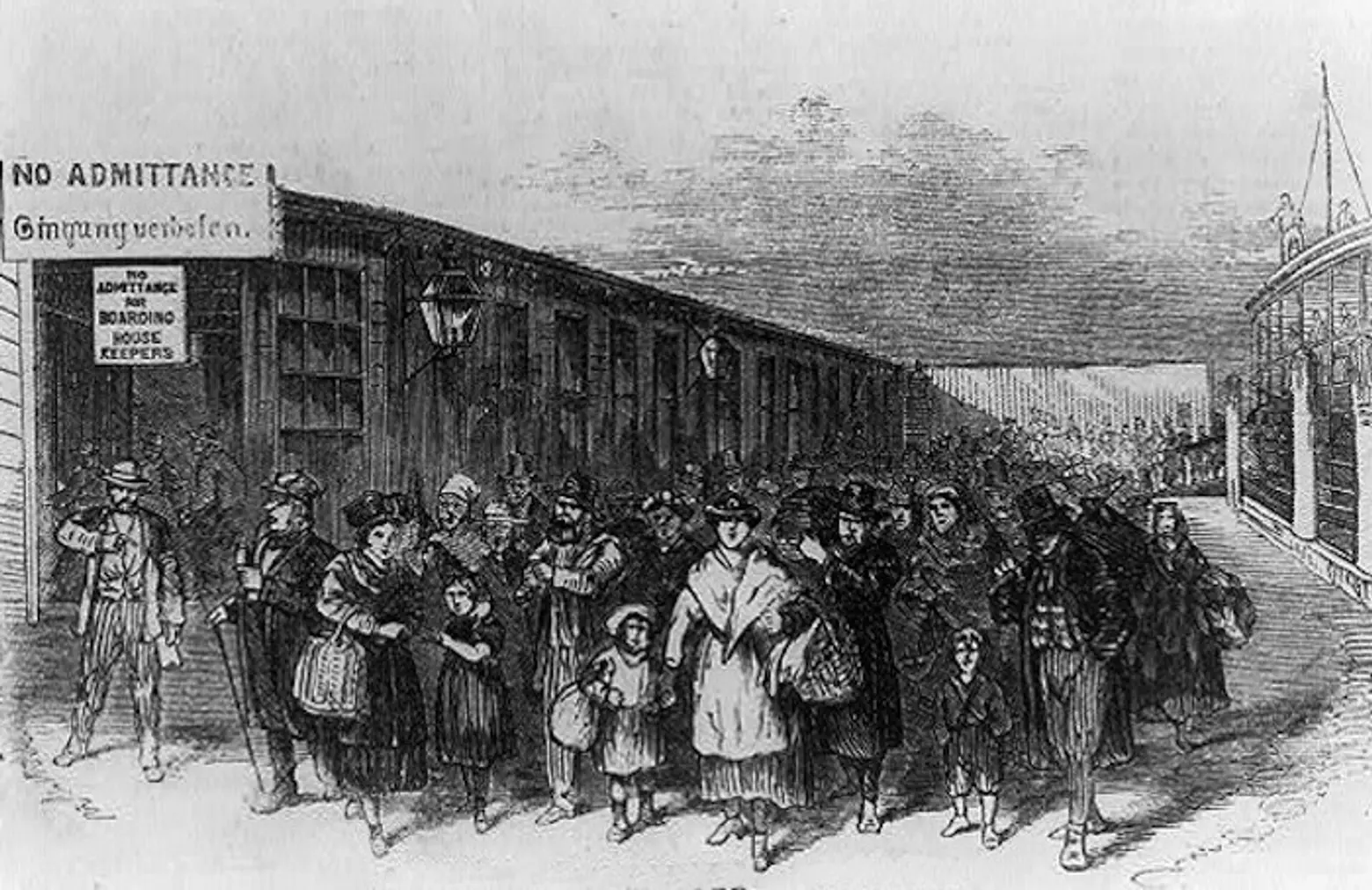 Immigrants arriving at Castle Garden, photo courtesy of the NewYorkologist
Immigrants arriving at Castle Garden, photo courtesy of the NewYorkologist
On August 1st, 1855, Castle Garden became the Emigrant Landing Depot, functioning as the New York State immigrant processing center and the first of such entity in the entire country. It was operated until April 18th, 1890, when the U. S. government assumed control of immigration processing and moved the center to the larger, more isolated Ellis Island facility on January 2nd, 1892. It’s believed that Castle Clinton processed more than 8 million immigrants between 1855 and 1890.
The incredible history of the structure is far from over. From 1896 to 1941, Castle Garden became the site of the New York City Aquarium. It was one of the city’s most popular attractions, drawing hundreds of thousands of visitors each year. But Parks Commissioner Robert Moses decided to close it down, with plans to demolish the structure to build a crossing from the Battery to Brooklyn. Public outcry thankfully stymied his effort at demolition. Castle Garden was instead designated as a national monument on August 12th, 1946.
A major building rehabilitation took place in the 1970s, and now it’s administered by the National Park Service as a departure point for visitors to the Statue of Liberty and Ellis Island. It appears today much as it did in its earliest days–and the name has returned to Castle Clinton.
RELATED:
Interested in similar content?
Leave a reply
Your email address will not be published.
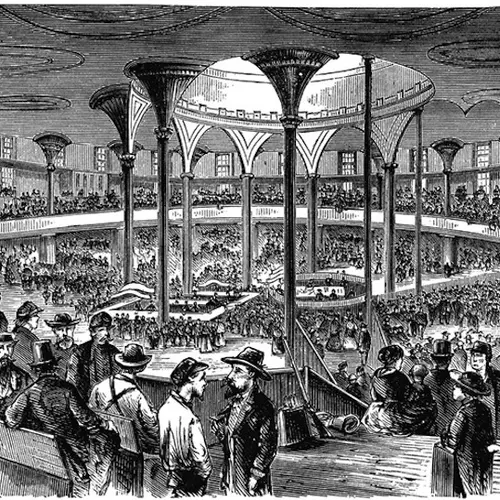
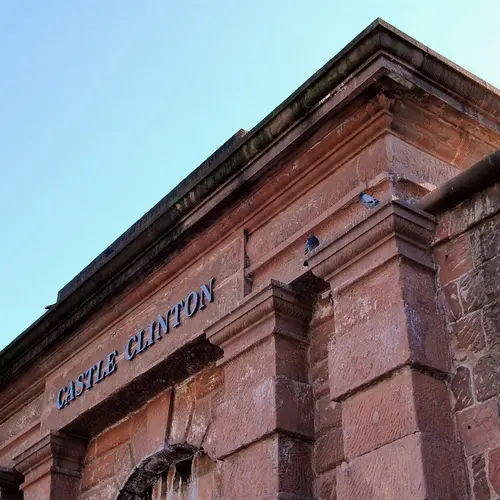
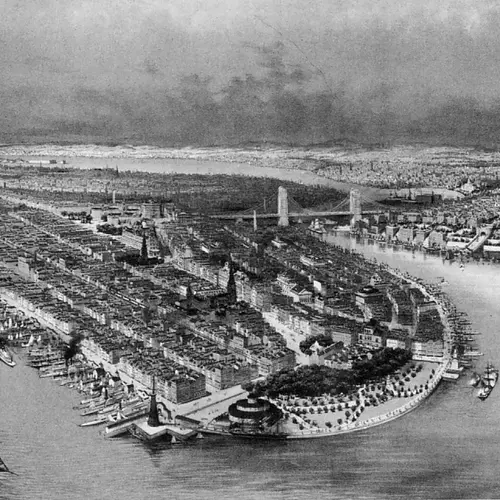
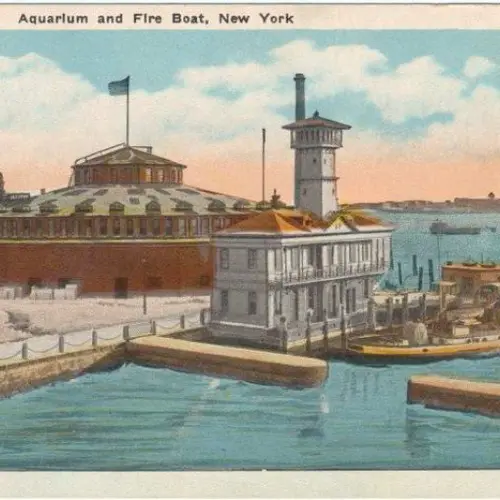
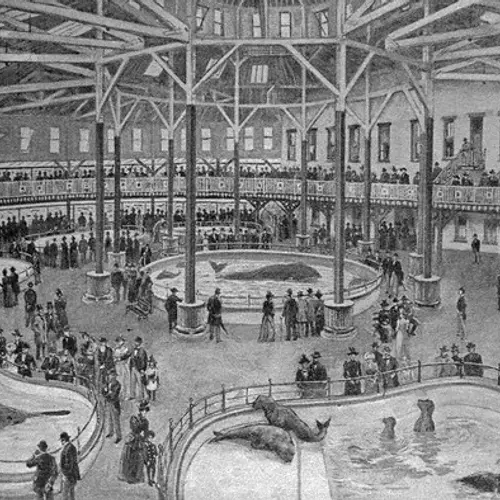
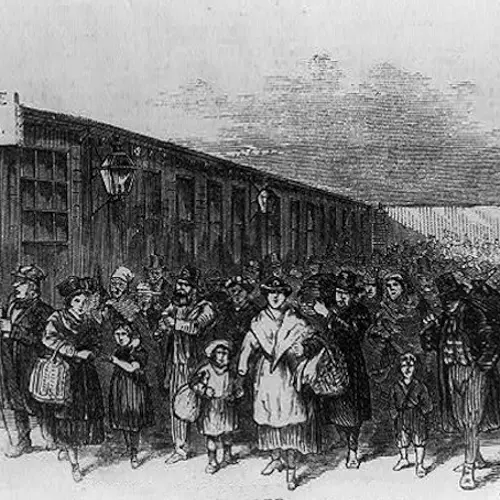
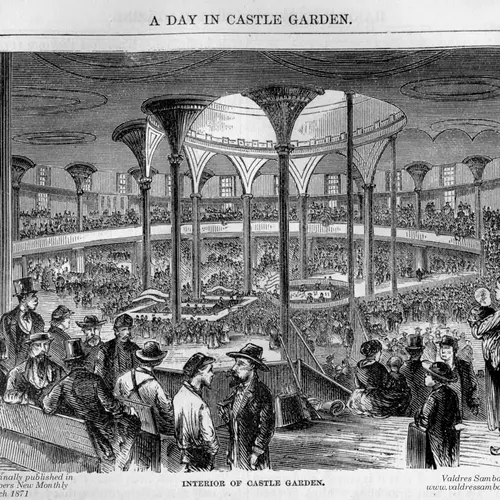
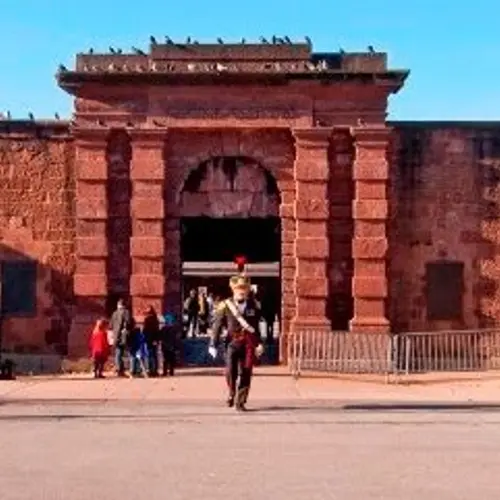
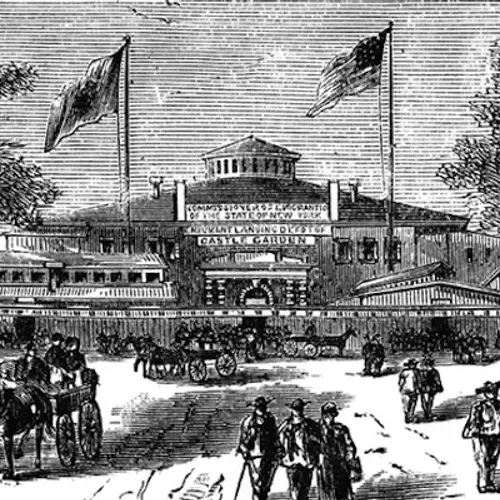
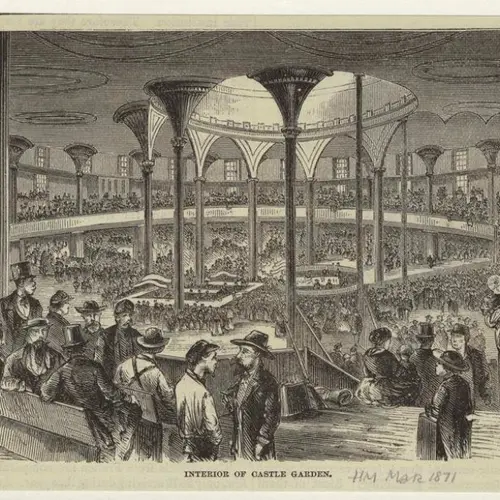

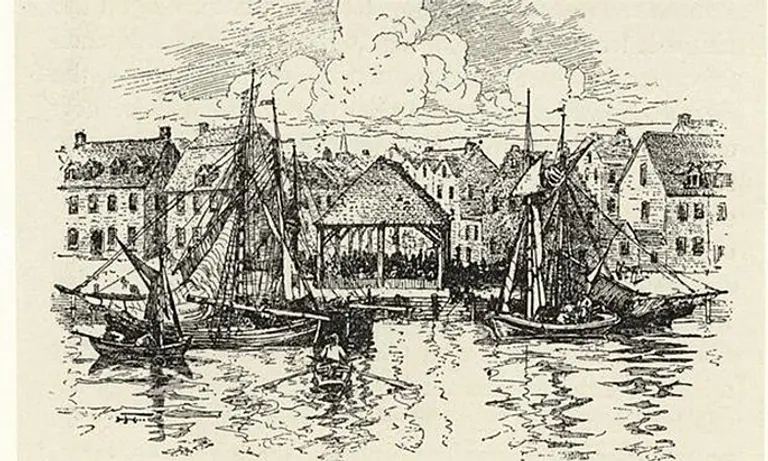
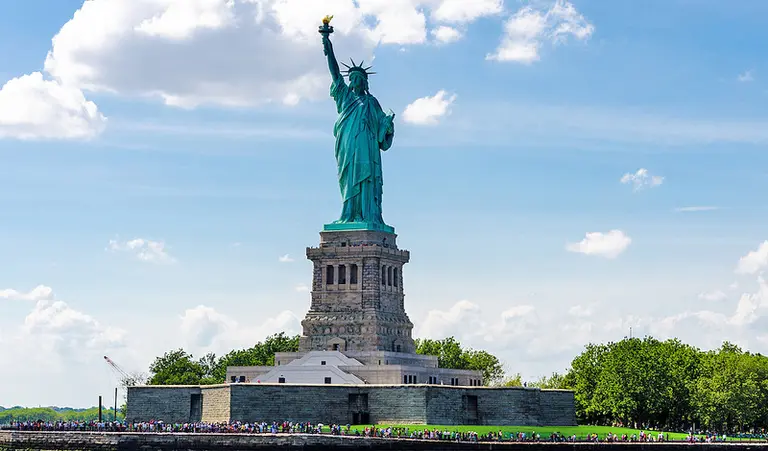











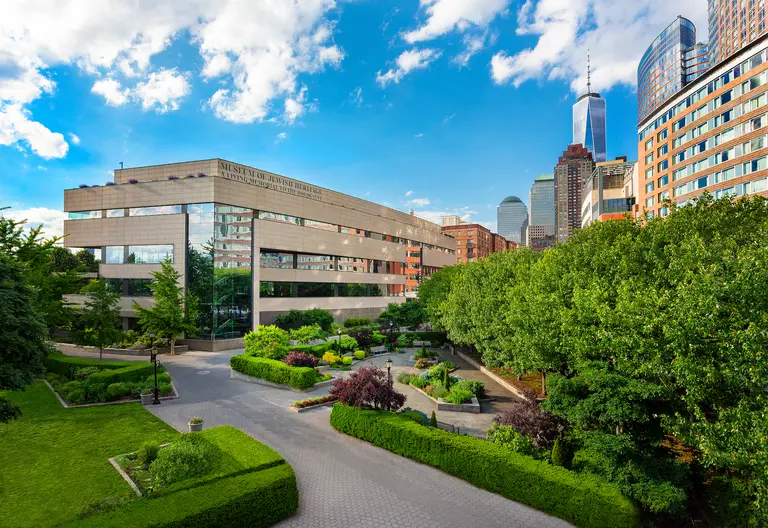
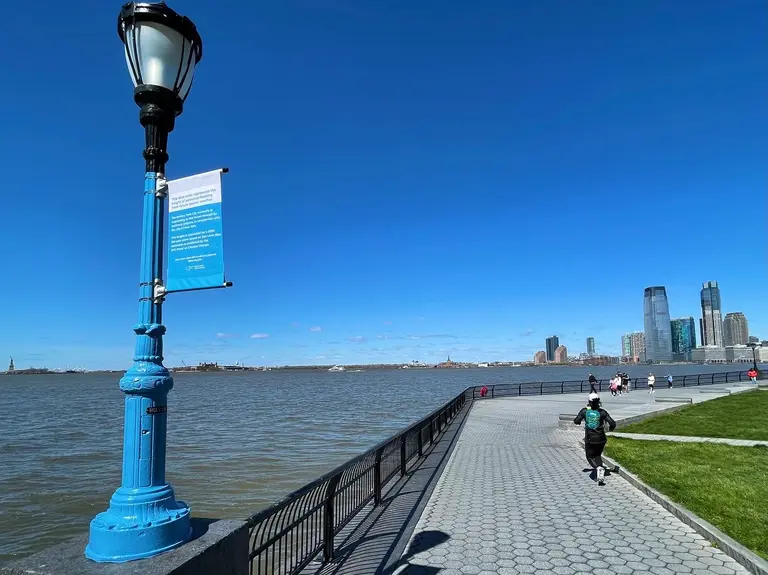













There is a period of about a year and a half between the closing of Castle Garden in April of 1890 and the opening of Ellis Island in January 1892. Does anyone know where the Immigrants that came to this country during that time were entered? I’m curious because my grandfather came to this country in 1891.